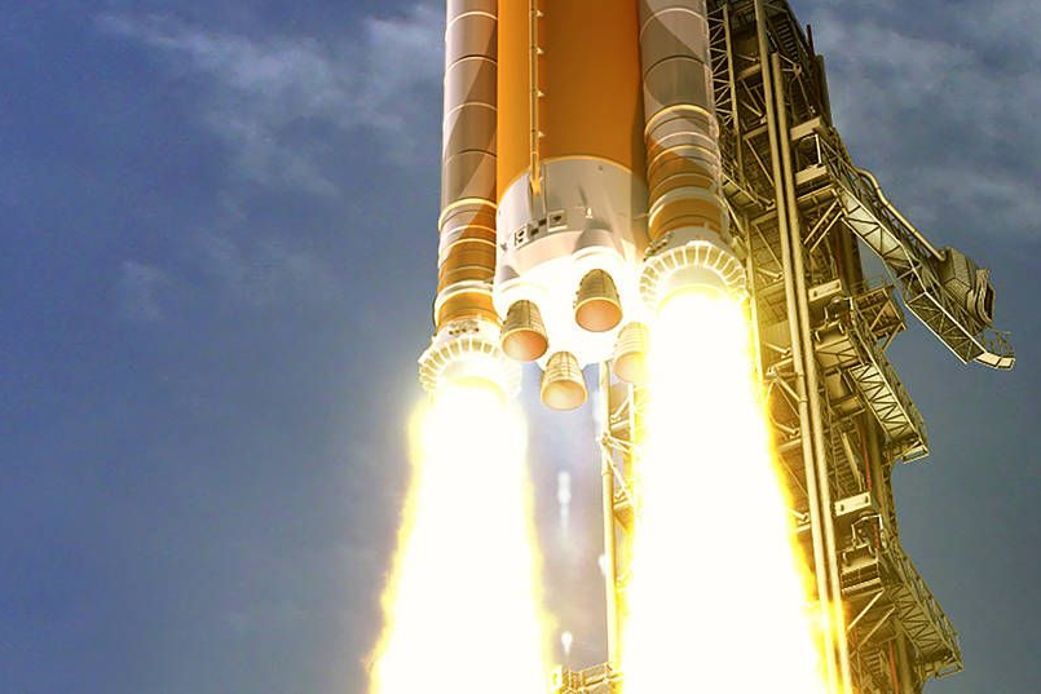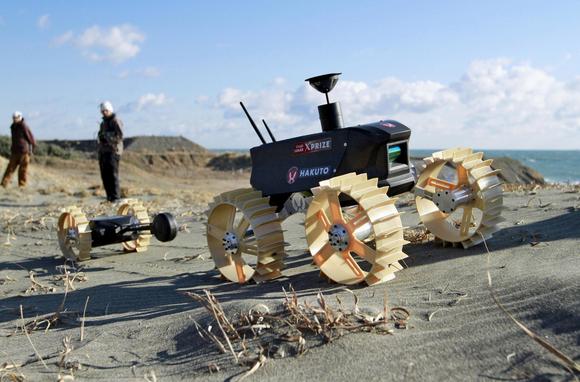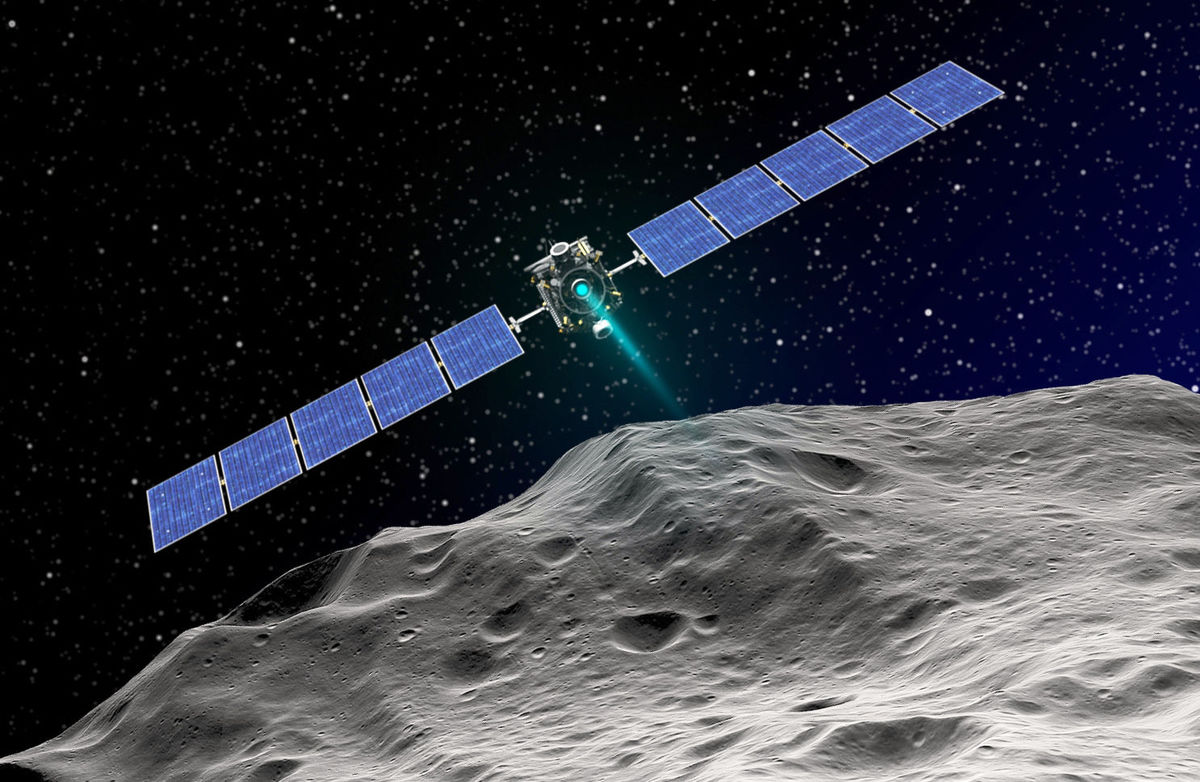Elon Musk thinks we need to build a base on the moon if we are going to stoke public interest in space travel.
Speaking at the International Space Station (ISS) Research & Development Conference in Washington, D.C., on Wednesday, the SpaceX founder and leader spoke about the various opportunities space offers for business and innovation. He also lamented that many people seem to be unaware of the International Space Station, or do not seem to fully understand “how cool the ISS is.”
Asked what opportunities space affords, Musk cited several things, but said, “If you want to get the public fired up, you’ve got to put a base on the moon,” adding that it would be the “continuance to the dream” of the Apollo missions.





